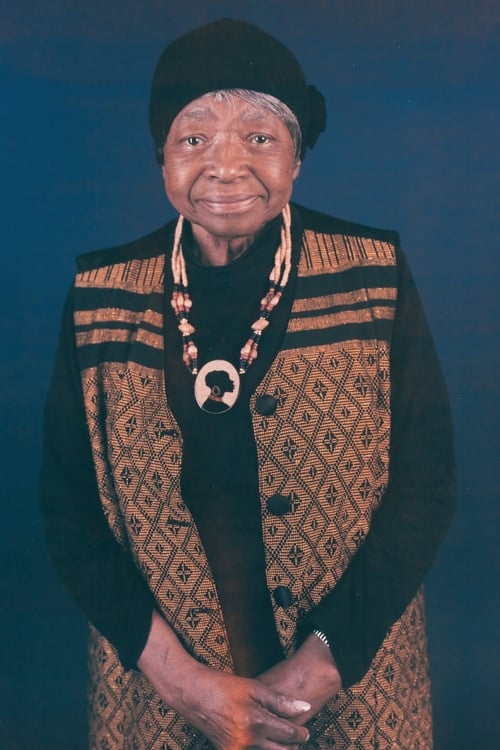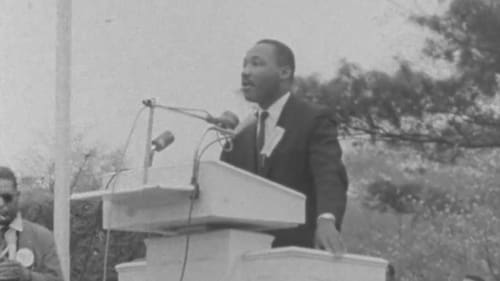Madeline Anderson
Рождение : , Lancaster, Pennsylvania, USA
История
Pioneering filmmaker and television producer Madeline Anderson is often credited as being the first black woman to produce and direct a televised documentary film, the first black woman to produce and direct a syndicated TV series, the first black employee at New York-based public television station National Educational Television (WNET), and one of the first black women to join the film editor’s union.
Anderson went on to become the in-house producer and director for Sesame Street and The Electric Company for the Children’s Television Workshop. During the early 1970s, she also helped create what would become WHUT-TV at Howard University, the country's first, and only, black-owned public television station. Anderson was critical of Hollywood and preferred to work outside of that system.



